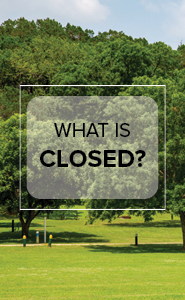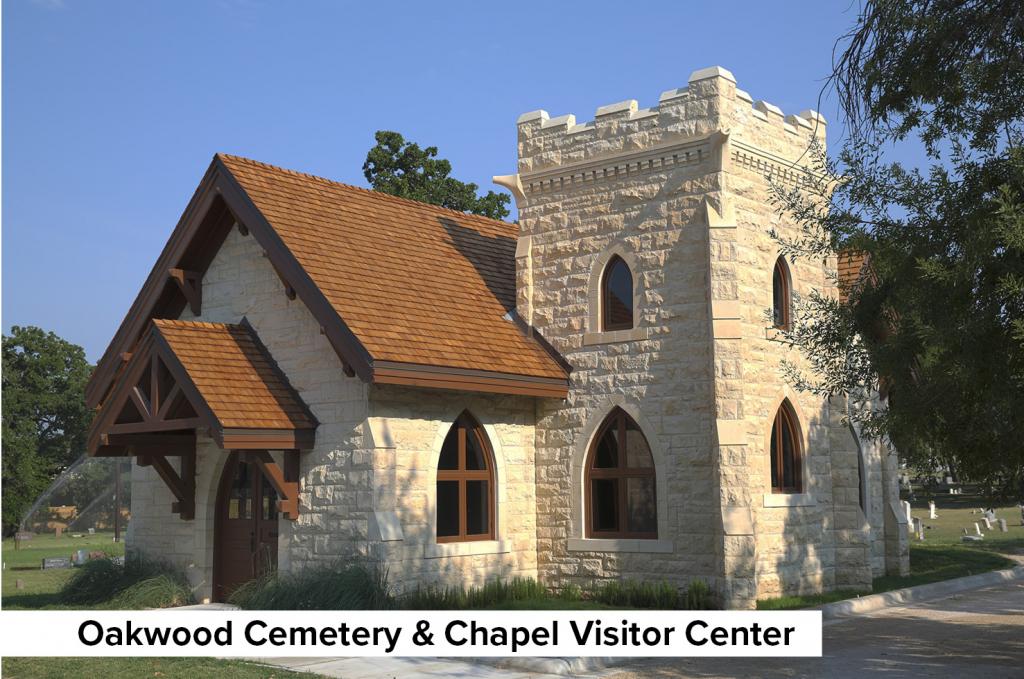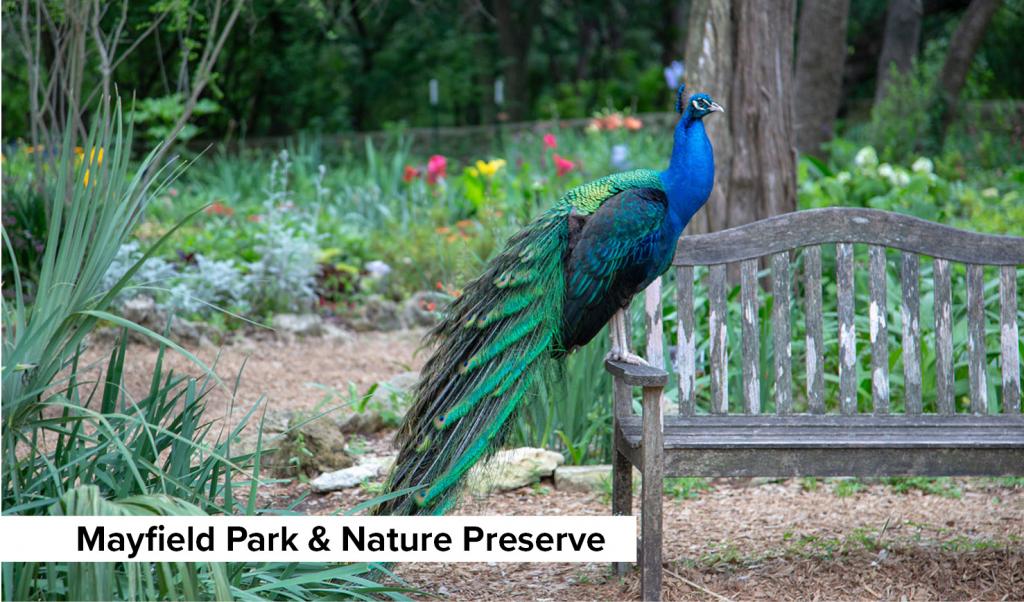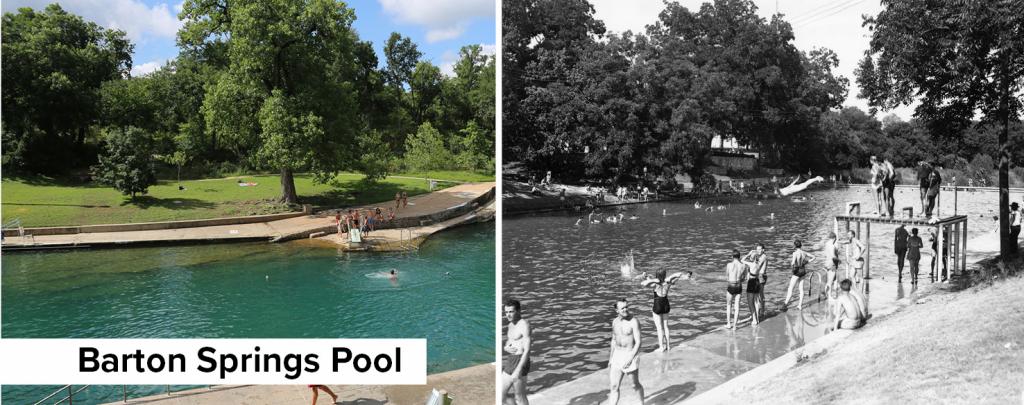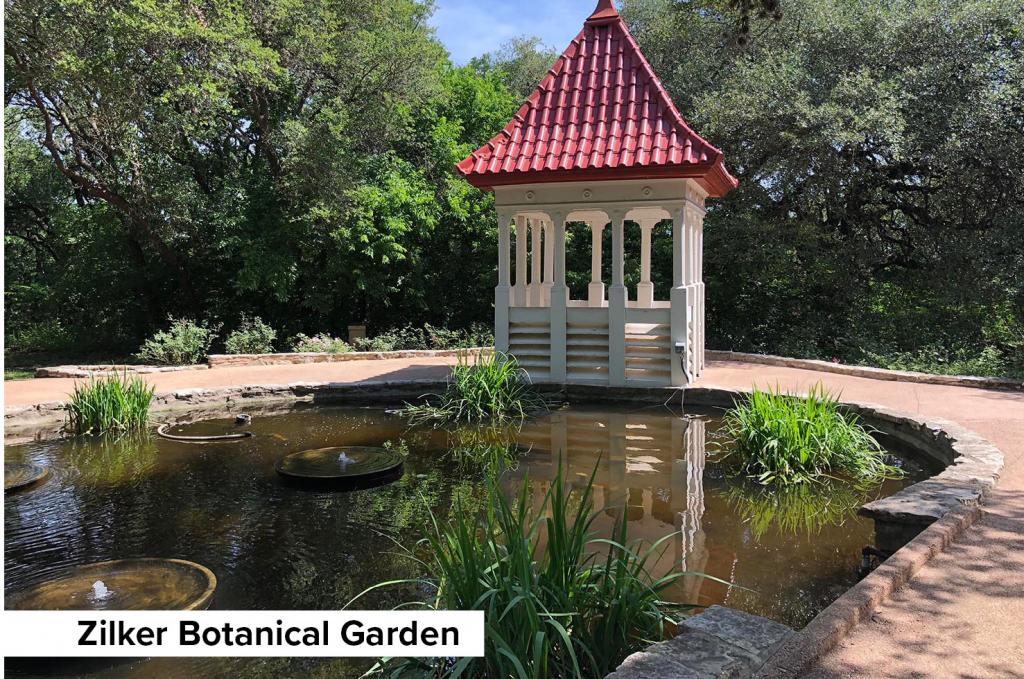The mission of Austin Parks & Recreation, Historic Preservation and Tourism Program is to promote and protect the irreplaceable historic and cultural resources of Austin’s park system. We work with the community to preserve, maintain, and promote these local treasures so that they will be here for generations to come. Plan a trip to Austin today and immerse yourself our city’s rich, diverse history!
The Historic Preservation and Tourism program has been made possible in part by funding from the Heritage Tourism Division of Austin Arts, Culture, Music, and Entertainment (AACME).
Oakwood Cemetery was originally established in 1839, the same year the City of Austin itself was established within the Republic of Texas. Known simply as the “City Cemetery” and only 10 acres, it laid just outside the northeast corner of the original town plat. The earliest grave marker shown in historical records was 1840, although there is speculation that the earliest burial was in 1839 of an enslaved person. Today, the cemetery has more than 20,000 burials on 40 acres. Notable burials include Annie Webb Blanton, Susanna Dickinson Hannig, James Gibson Swisher, Andrew Jackson Zilker, Elizabeth “Lizzie” Johnson, Elisha Marshall Pease and “Ernie” Mae Crafton Miller among others.
While you’re at Oakwood make sure to stop by the beautifully rehabilitated chapel, originally designed by Austin architect Charles Page and built in 1914. The Gothic Revival-style building was originally made for funeral services, but it was eventually renovated and now functions as a visitors’ center. The chapel’s steep gables, pointed arched windows, and rustic edges are quite a sight. Its restoration has won awards from Preservation Texas and Preservation Austin and is considered a major milestone in the care of the city’s cemeteries. The cemetery including the Chapel is listed on the National Register of Historic Places and remains a testament to the importance of preserving such historic and sacred sites. The Oakwood Chapel Visitor Center is a great place to kick off your tour of this fascinating piece of Austin history. You may schedule a group tour ahead of time or come in during our open hours and explore Austin’s history.
| Cemetery Hours: | 7:00am—7:00pm | Daily |
| Oakwood Chapel Vistor Center Hours: | Click here | |
| Map | For tours and reservations call (512) 978-2310 | |
| Please review our cemetery rules (PDF) and help us preserve this historic property |
Lush with native plants and historic landscaping, Mayfield Park and Preserve is a must-see for nature-lovers visiting Austin. The house and gardens that make up Mayfield-Gutsch Estate are a picturesque composition drawn from landscape styles prevalent during the early 20th century, cultivated over nearly 50 years of care and hard work by the Gutsch family before becoming a public park in 1971.
Purchased in 1909 by Allison Mayfield, a prominent politician who served as chairman of the Texas Railroad Commission, the property became a summer residence for the Mayfield family. Following the death of Allison in 1923 and his wife in 1924, his daughter Mary Mayfield Gutsch began creating the gardens we see today, with her husband Milton directing the building of the ponds and garden features with the help of Esteban Arredondo, resident gardener for many years.
Peacocks freely wander the grounds, a fixture in Mayfield since a pair of the birds was gifted to the family in 1935. The house and grounds are unified through thoughtful landscaping, including a pergola, trellises, porches, foundation plantings, walks, terraces and a collection of lily ponds that dissolve the boundaries between the two.
In addition to the home and impeccable gardens, there are 21 acres of scenic hiking trails teeming with wildlife that surround the estate. The trails’ access points can be found near the home.
| Park Hours: | Check here for hours | |
| Map | To reserve the historic Mayfield-Gutsch home for your event click here | |
| Learn more about commercial photography permits here (PDF) |
Zilker Park is one of Austin’s treasures and the recreational hub of the city. Within the 385-acre park is Barton Springs Pool, arguably the city’s jewel-in-the-crown. The three-acre pool is fed by underground Barton Springs, which arises from the Edwards Aquifer. With average water temperatures of 68 to 70 degrees, the pool is ideal for year-round swimming. This is where actor Robert Redford learned to swim as a kid, while visiting family in Austin. Today, on busy summer days, more than 2,000 bathers enter through the Bathhouse gate to enjoy the refreshing waters.
The Barton Springs area has a long and rich history, dating back to Native American times. As the small capital of Austin grew following Texas independence from Mexico, local citizens used the cool spring waters for bathing, relaxation, and as a source of drinking water. As more people settled around Barton Creek, mills began popping up along the banks, and bathers continued to use the springs as a favorite recreation spot.
Several hundred thousand visitors enter Barton Springs Pool and the historic 1947 Barton Springs Bathhouse each year. Today, the area is listed on the National Register of Historic Places and continues to be a treasured landmark. Some events at the Barton Springs Pool are limited entry so be sure to plan your visit today!
| Pool Hours: | Click here |
| Adult Admission for out of town guests: | $9; for further pricing click here |
| Map |
Mount Bonnell, a 784-foot-high promontory along Lake Austin, is among the most significant natural and historical landmarks in Austin. Managed by the Austin Parks and Recreation, the site has served as a popular attraction since the mid-1800s. Each year, thousands of visitors ascend the stone stairs to the summit of Mount Bonnell, taking in sweeping panoramic views of the lake, downtown, and the western hills of Austin.
The limestone rock composed landmark is cited as an early location for May Pole celebrations in the 1850s and 1860s. Like many other recreational sites in Austin, such as Deep Eddy and Barton Springs, Mt. Bonnell was sometimes the site of entertainment and performances. The 1969 Official Texas Historical Marker references a stunt in 1898, when Miss Hazel Keyes, trailed by her monkey “Miss Jennie Yan Yan,” slid down a cable stretched from the top of Mount Bonnell to south bank of then Lake McDonald below.
Mt. Bonnell has been the subject of many legends over the decades, and local lore also named the summit "Antonette's Leap" in memory of a woman who allegedly jumped to her death following the murder of her fiancé. Another legend of unknown origin is that a couple would fall in love on the first visit to Mount Bonnell, become engaged on the second visit, and marry on the third. Perhaps this is the reason so many people choose to get engaged at the summit.
| Park hours: | 5:00am—10:00pm | Daily |
| Map |
Located in the heart of Clarksville, a Freedom Colony established by formerly enslaved people after the Civil War, the 1879 Haskell House stands as a visible reminder of the community’s historic roots. Originally thought to have been built by former slaves Peter and Bettie Tucker, the home was eventually sold to Mary and Edwin Smith. Later, Hezikiah Haskell, a Union Soldier, Buffalo Soldier, and Black Cavalry member boarded with the Smiths and eventually married their daughter Catherine, to whom they deeded their home in 1892. After the death of Hezikiah Haskell, Jr. in 1976, the home was deeded to the City. With a combination of grant money from the Texas State Historic Commission and the Austin Convention and Visitors Bureau and the CCDC’s own funds, the Haskell House has become a repository of Clarksville’s history.
| The Hezikiah Haskell House is open 1:00pm to 4:00pm on the second and fourth Sunday of every month. Admission is free. | For guided tours or more information click here. |
| Map |
Situated at the top of a hill in the northwest area of the Zilker Park, the Zilker Botanical Garden site is one of Zilker Park’s most important midcentury developments. The Zilker Botanical Garden was conceived as a planned collection of independently designed gardens managed by regional garden clubs in addition to the Austin Area Garden Center building, which was dedicated in 1964. The Botanical Garden has become a place that offers enjoyment of some of Austin’s most beautiful gardens and provides education about gardening skills.
This 26-acre park consists of 12 different gardens whose aspects change as new garden techniques evolve. Its diverse topography is especially suited to depicting different habitats and displaying an array of native, hybrid, and exotic plants. From the Doug Blachly Butterfly Garden to the Taniguchi Japanese Garden located near the beautiful Hamilton Azalea Garden, visitors see a myriad of ponds, streams, and waterfalls in addition to the gardens. The unique Hartman Prehistoric Garden, which recreates a Cretaceous dinosaur habitat, is the site where more than 100 tracks made by six or seven reptiles along with the bones of an ancient turtle were found in 1992. It features a life-size sculpture of an Ornithomimus, the dinosaur that left tracks of its three toed feet in the gardens. Open year-round, over 125,000 people walk through the garden annually. For admission fees, hours, and upcoming events click here.
| Garden Hours: | Click here | |
| Admission: | Adult admission is $3, cash or check only | For further admission rates click here |
| Map | Reserve Zilker Botanical Garden for your event by calling (512) 477-8672 x11 |
Downs Field has been synonymous with baseball and the African American community of East Austin since the 1920s. Downs Field was first built at 12th and Springdale Streets as an enclosed, lighted field with grandstand seating for 600 in 1949. In 1954, it was moved to its present location at 12th and Alexander. The field was named in honor of Reverend Karl Downs (1912-1948), the recently deceased president of Samuel Huston College, a historically black college located in East Austin, where he doubled both enrollment and the number of buildings on campus during his tenure.
The site was first used as Samuel Huston College’s baseball stadium and where the Austin Black Senators, one of the first Negro League Baseball teams in the city, played beginning in 1927. Famous hometown hero and National Baseball Hall of Fame inductee, Willie Wells, began his baseball career with the Black Senators, and notable players such as Satchel Paige, Willie Mays, Smokey Joe Williams, and Buck O’Neil played baseball here. Later, it was the stadium of the 1942 state champion L.C. Anderson High School football team. It has been the onetime home of Hilton Smith and Richard Lane, players who were later inducted into the National Baseball Hall of Fame and the Pro Football Hall of Fame respectively. Today Downs Field is home to the Huston-Tillotson University Rams, and the Austin Metro Baseball League.
| Map |


